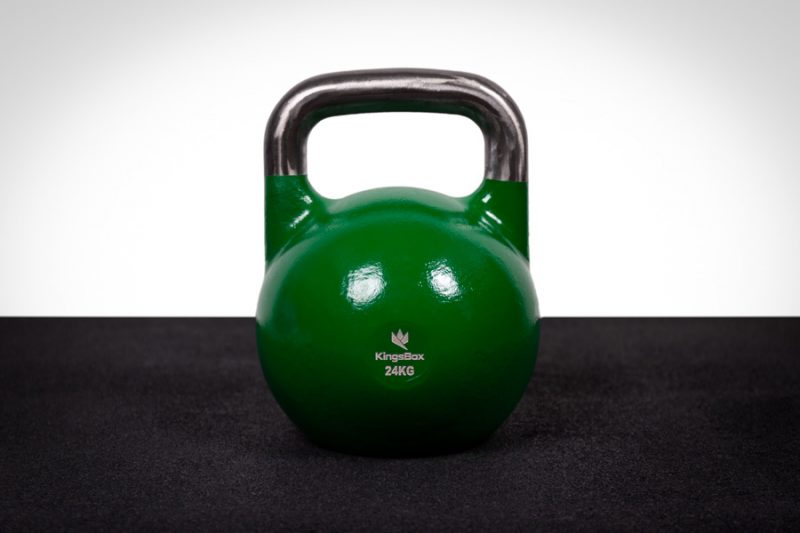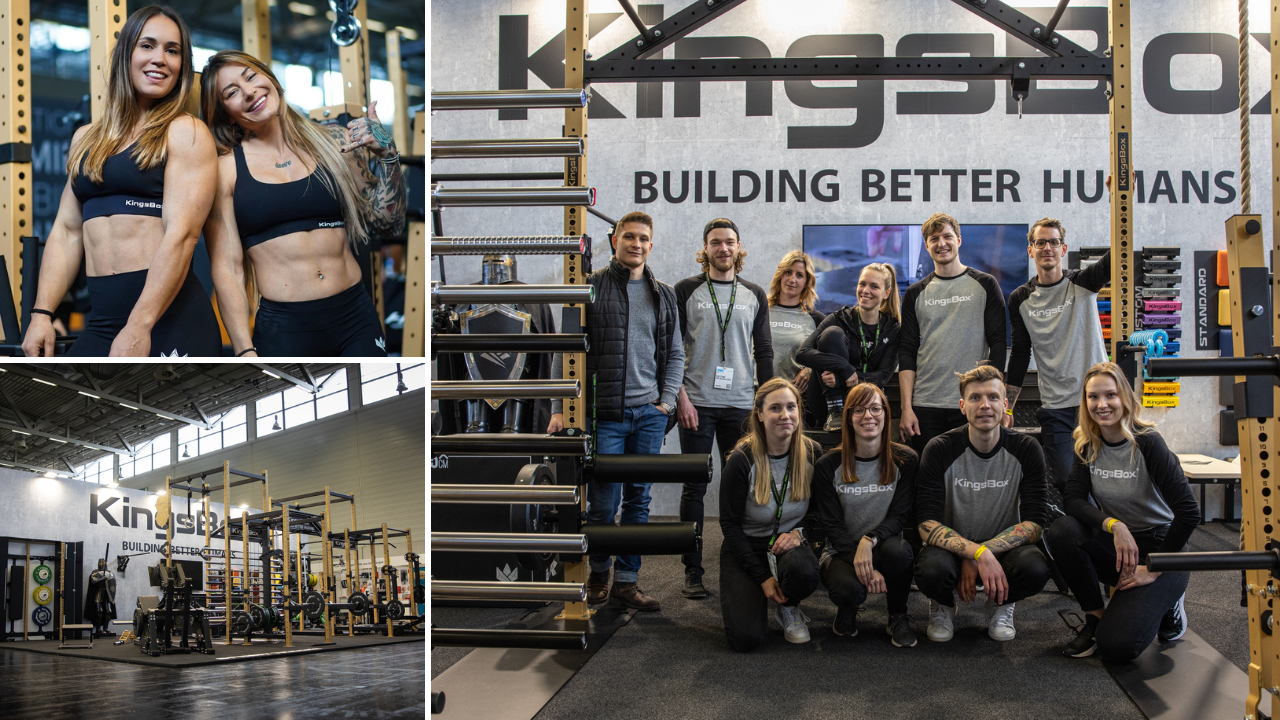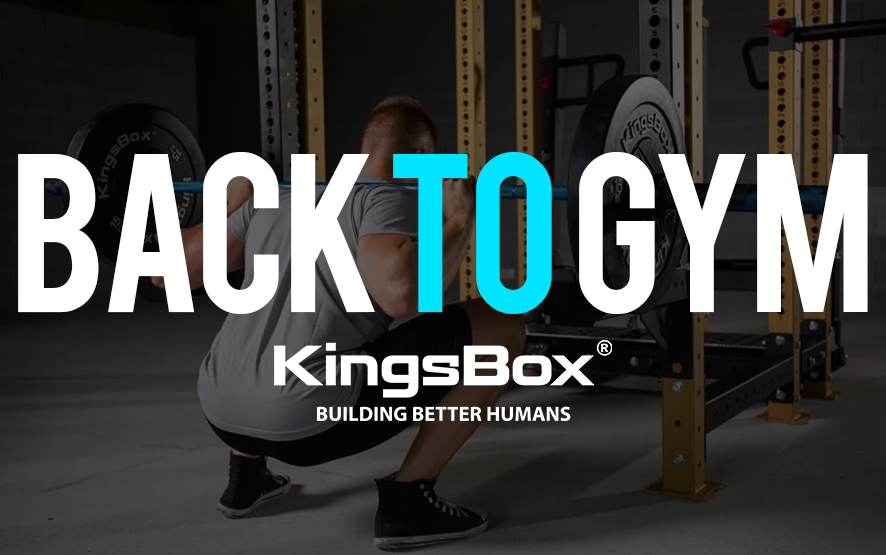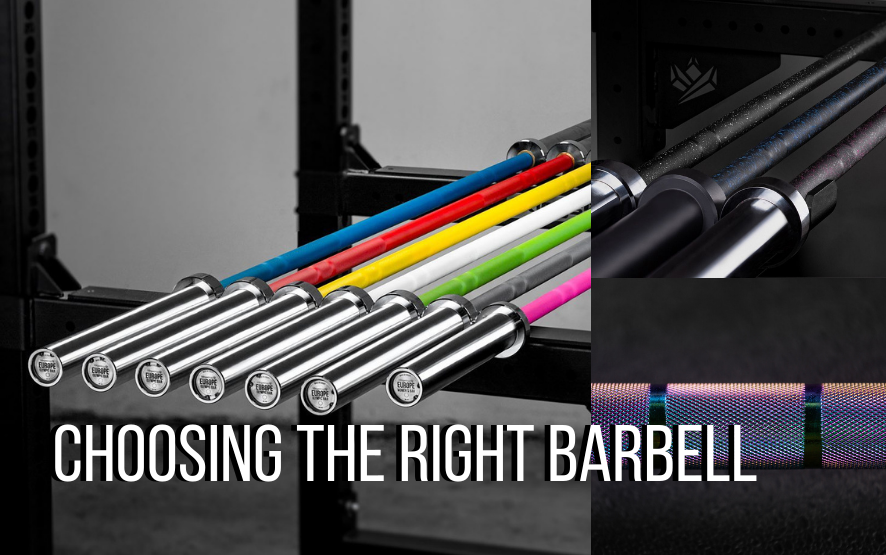Kettlebell the ultimate guide with boards, exercises and buying tips. This and much more in the best Kettlebell guide ever made. From the story to the advantages here is enclosed in a guide utlie everything you should have known about this so famous training tool.
Indice dei contenuti
Let’s start from the beginning
The kettlebell or the kettlebell (can be called either way) is a very powerful training tool that can be extremely effective in training session, but can also be extremely ineffective when used incorrectly. In this guide we will explain exactly how to approach the training with the Kettlebell to obtain the maximum benefit from its use, while minimizing injuries and injuries
A bit of history about the kettlebell
If you have never seen or heard of Kettlebell, let us give you a very quick overview of this training tool. A kettlebell appears at first glance as a metal ball with a flat bottom and an offset handle large enough to let your hand pass. The origins of the kettlebell go back hundreds of years. The weights with the handles were often used during the challenges of strength since ancient times, come to us from distant lands, over time has evolved to the present day becoming a very used fitness tool.
Advantages of kettlebell training
Kettlebells are a tool like any other used for fitness, can be used correctly or can be used incorrectly . The kettlebell is pulled, pushed and oscillated in a dynamic nature, causing opposing requests for automatic body barbell and it is from this type of training that you get the maximum benefit.
3 good reasons to use kettlebell
- The oscillation generated during the use of the kettlebell increases the stabilization demand of the flexor muscles, while at the same time, they work more to keep the joints aligned.
- The use of kettlebell in training increases heart capacity as multi-joint movements require more oxygen.
- Regular training with kettlebells increases ligament density and soft tissue strength due to dynamic movements.
Buy the correct kettlebell
Since kettlebells have become popular in gyms, more and more companies have started to sell and produce them. But be careful, not all of them are the same. Here is a short guide to buying the first kettlebell:
Kettlebell for competition
This type of kettlebell has a more square handle and the body of the kettlebell remains of the same size regardless of weight. This type of kettlebell is designed for competition and the narrow grip allows the minimum movement of the hand inside the handle. This type of kettlebell is perfect for one-handed exercises, but for beginners it offers little space to hold the tool with two hands.
Kettlebell in cast iron
Cast iron kettlebells have a slightly rounded handle, have a uniform shape and have no acute angles. The space between the handle and the ball should be large enough for a closed fist to pass horizontally but not so large that a closed fist can pass vertically. Choosing the correct kettlebell is of vital importance. The poorly designed kettlebells will not perform their task optimally and will seriously reduce the result of the training.
Now that we have more or less understood what a kettlebell is, let’s learn together which weight to use, traditionally available in different weights here are the ones most used in training, the weight grows in turn according to the level of preparation achieved :
Recommended kettlebell weight measurements for men and women
- 8kg
- 12kg
- 16 kg
- 20 kg
- 24kg
- 28 kg
- 32 kg

In some events such as Strongman or in Crossfit competitions with elite athletes you can get to heavier weights for exercises such as farmer carry, but we talk about exceptional cases where to use these loads so great are athletes with a lot of experience and strength.
Due to the growing popularity of kettlebell training, many manufacturers have started to produce smaller and intermediate weights. By sticking to the weights listed above, you will be sure to always use the right weight for proper execution.
Start training with kettlebells
Many people start to train with exercises that are too advanced and often end up hurting themselves or developing bad workout habits. As with anything in life, you should start from the basics and build with time a workout routine sol
The human body is built from stabilizing muscles and antagonistic muscles. Our stabilizer muscles are smaller and weaker but are more performing in the work of endurance, stabilize the joints allowing a strong core from which larger muscles can work. Antagonistic muscles are larger muscles, femoral quadriceps are a good example.
Due to the current lifestyle i and the advent of isometric machines for weight training, most athletes have poorly trained stabilizer muscles, which means that large muscles work but on an unstable basis. So, in order to build a solid foundation and avoid injury, we must first work on the stabilizer muscles.
Stabilization exercises
Deadlift with single leg
The single-legged deadlift teaches you to swing at your hips while maintaining a solid core. With that movement you are teaching your body how to stabilize during movement. If you can’t handle this movement, you definitely won’t be able to handle it when it swings.
Tips on Single Leg Deadlift
- Always maintain a firm grip with shoulder and back in alignment.
- Keep a soft knee on your leg and focus on your heel.
- Force the movement by carrying a leg backwards.
- Do not rotate the rear leg excessively outwards and descend slowly.
This is a difficult exercise that may seem easy but it is not. Many people find themselves bending in the lower back trying to bring the kettlebell to the ground incorrectly. If the hind thigh muscles will only allow you to get to 50 centimeters from the floor, okay, don’t ask more of your body for the moment, just stop and return to the initial position.
Training tips with the kettlebell
- The movements must be demanding but not too difficult.
- Take your time, be consistent and build good motion patterns first.
Dynamic training
Now that we have reached the right level of stabilization with our basic exercises, let’s move on to a slightly more advanced training protocol.
Kettlebell swing with two hands
The first and by far the most characteristic exercise of the kettlebell is the swing. During this exercise you will activate almost all the muscles of your body and in particular the back chain or the back line of your body.
Swings are effective for increasing heart rate, improving posture and stamina.
Advice on implementation
- Abdominal contractions and glutes.
- Put your weight on your heels, not your toes.
- Keep your back flat during exercise.
- Lift your chest and keep your shoulders in place.
- Make sure the shins follow the toe line.
- Exhale during the descent and breathe in during the ascent.
Conclusion
A simple training session with the two exercises that we have illustrated above, may be enough to start strengthening your core and your ligaments, once you have reached the required mastery, You can move on to subsequent exercises that will increase in complexity from time to time.
Stay up to date and don’t miss all our articles.









